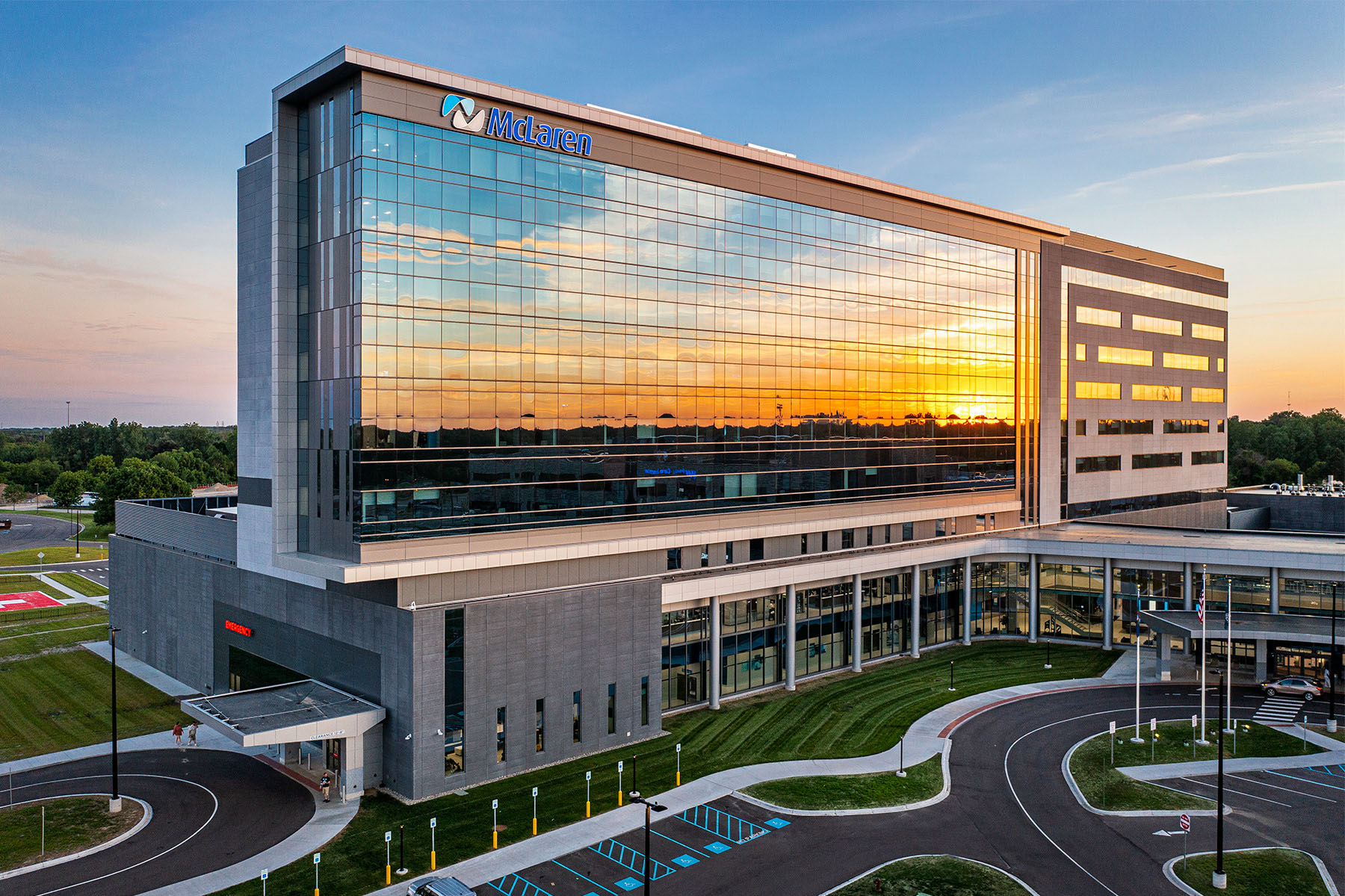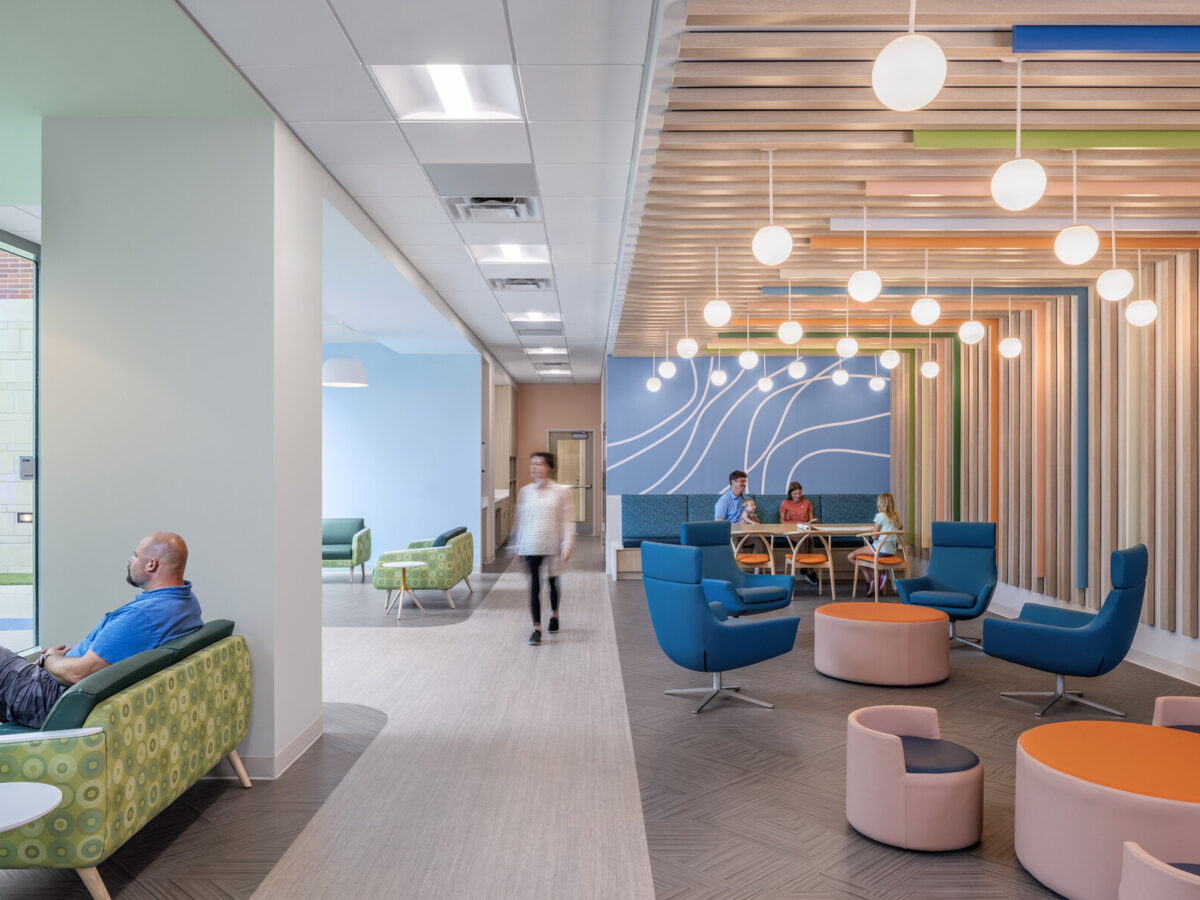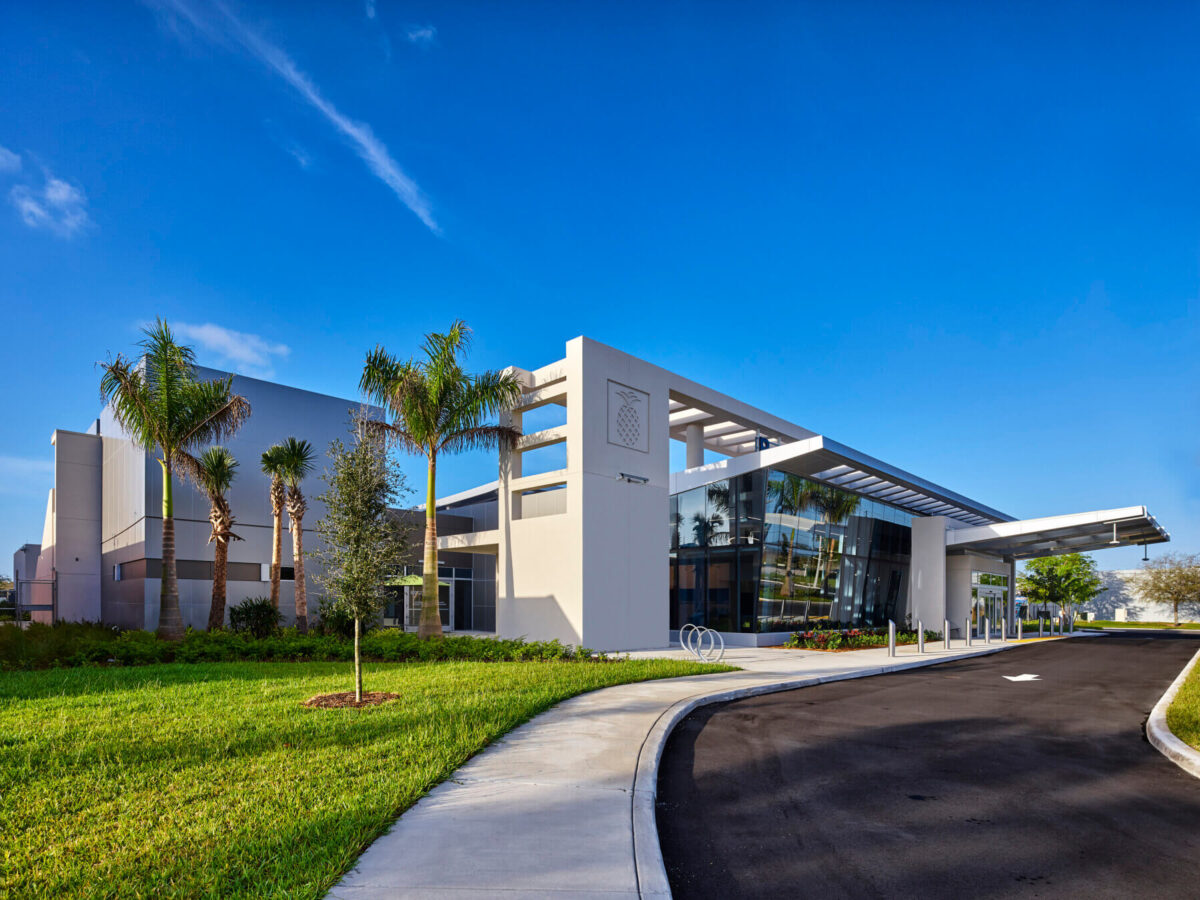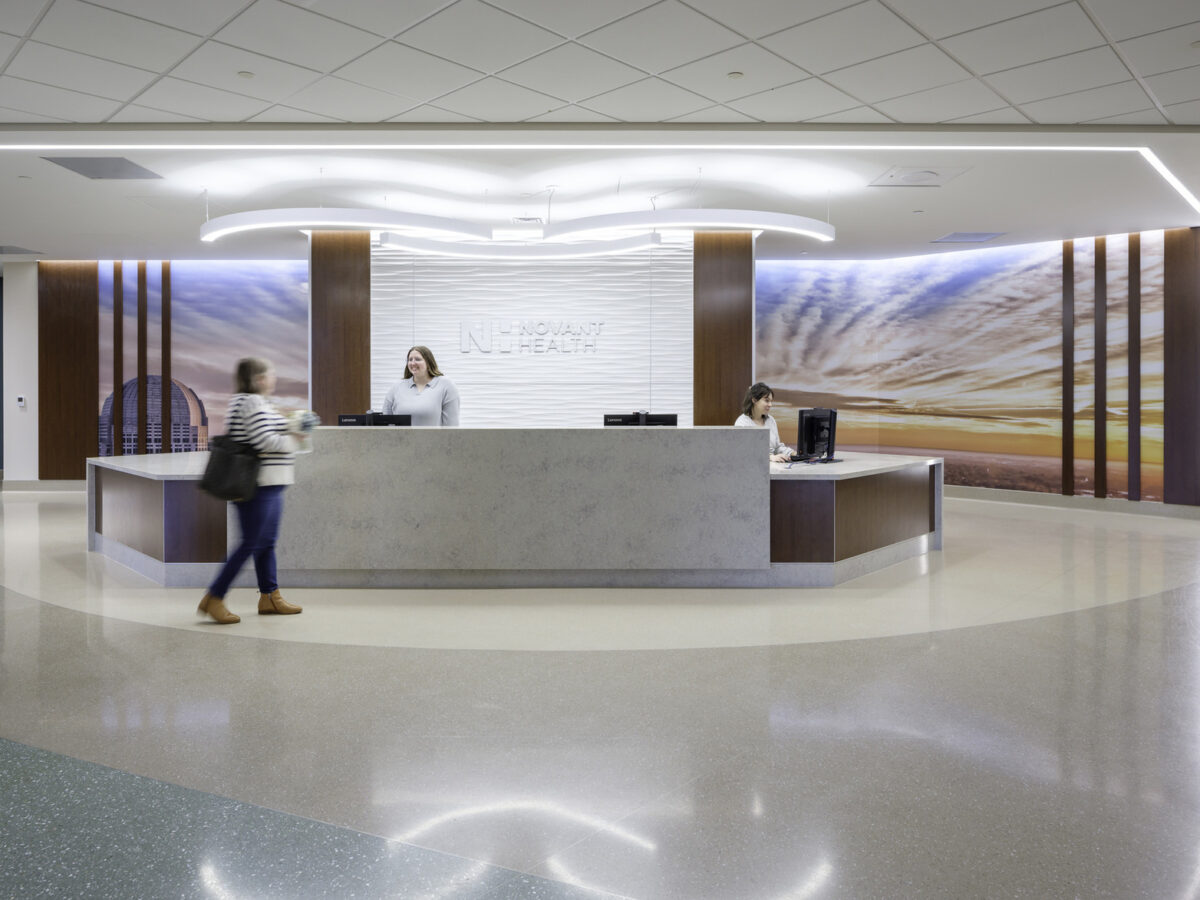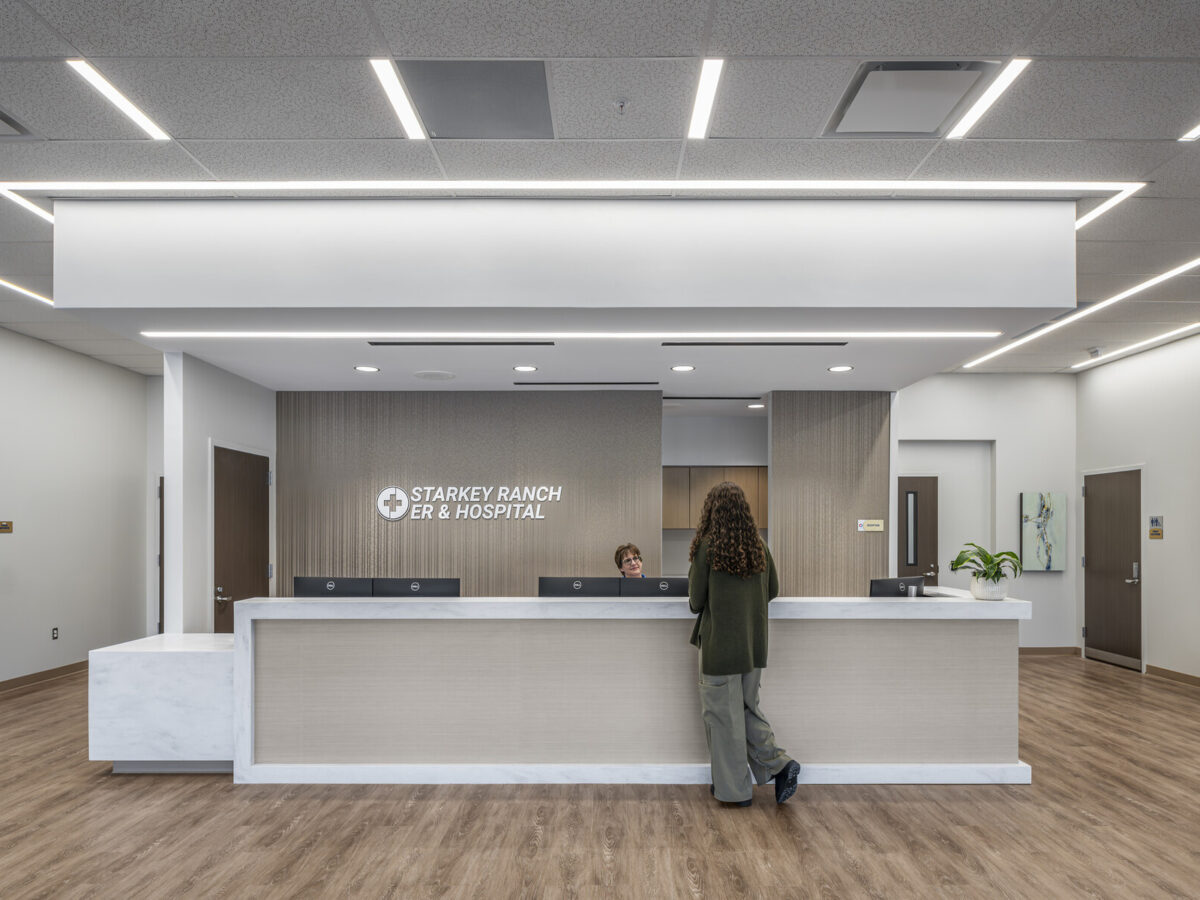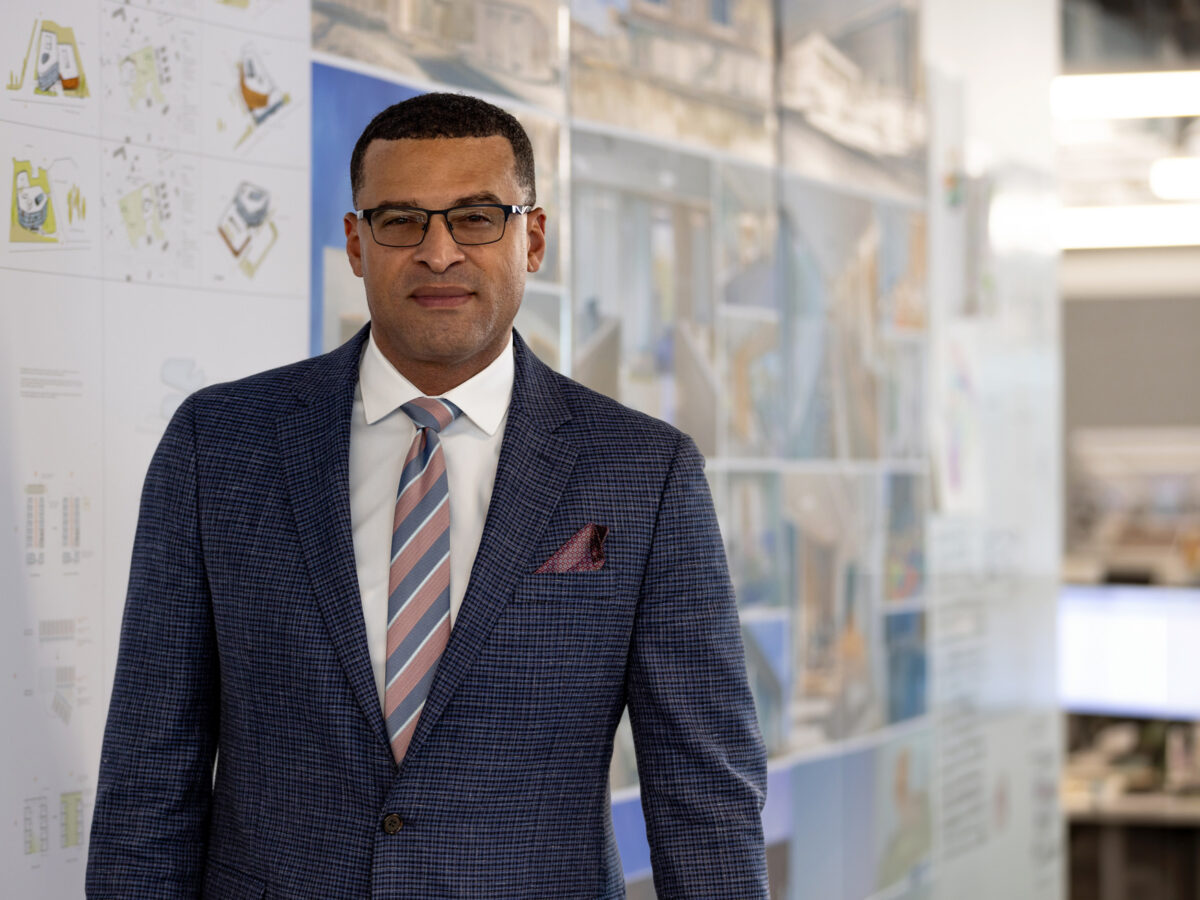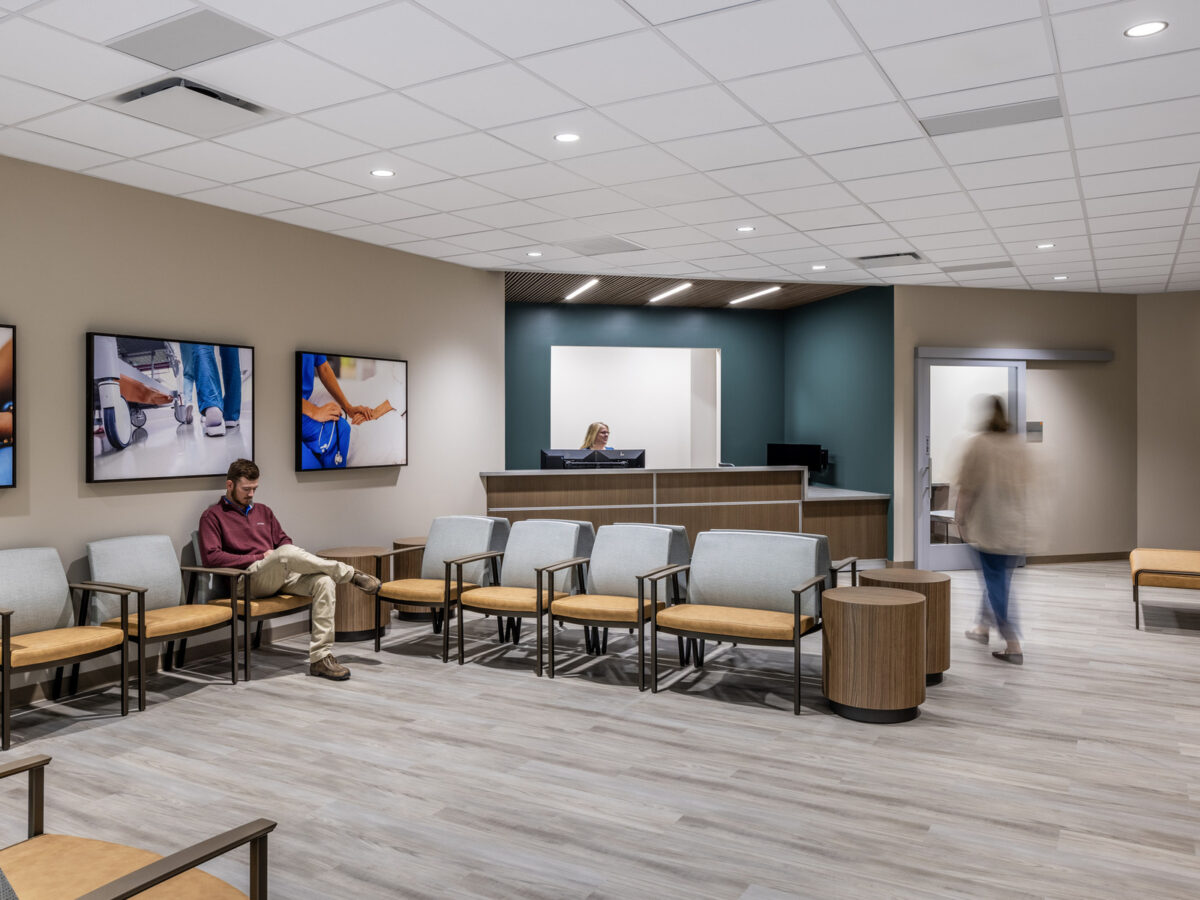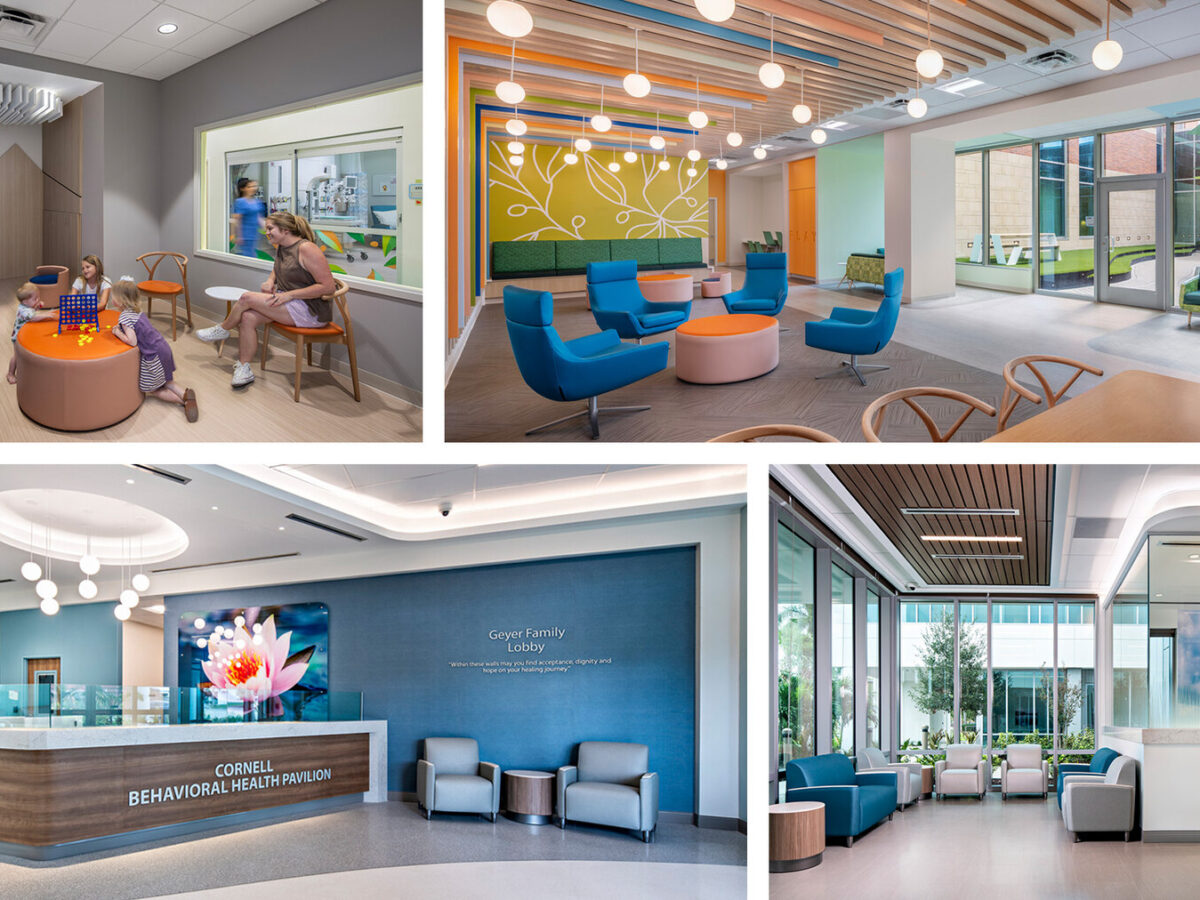In recent years, we’ve seen an accelerated shift towards the use of prefabrication in new construction. Prefabricated building elements can help shorten construction schedules, improve quality control and provide safer working conditions, making them an attractive option. Furthermore, prefabrication can help organizations achieve their own sustainability goals related to waste, energy reduction and healthy environments.
At Gresham Smith, we’ve followed this trend and have utilized prefabricated building components on a wide range of project types. In this post I’ll explore why and how prefabrication reduces waste, lowers energy consumption during construction and creates a healthier indoor environment, making it a smart strategy for supporting your sustainability goals.
An Intuitive Waste Reduction Strategy
During a traditional construction process, waste is generated from leftover materials, packaging, inefficient design, lost or dropped supplies, such as nails and bolts, and damaged materials. According to the Environmental Protection Agency’s 2018 Advancing Sustainable Materials Management Fact Sheet, more than 600 million tons of construction and demolition waste was generated in the U.S. in 2018.
On the other hand, prefabricated elements can significantly reduce construction waste; in a 2021 study, several researchers at the University of New South Wales found that modular construction reduced the overall weight of waste by up to 83.2% for the cases considered. This can be attributed to the fact that prefabricated building elements are made in a controlled factory, so recycling and waste reduction are simplified. The upfront planning involved with integrating prefabricated elements into a design reduces the probability of rework, which in turn decreases the amount of waste generated. Additionally, that preplanning makes the best use of material lengths, minimizing waste from material cuts. And, since these elements are constructed in a controlled indoor environment, damage from weather is not a concern.
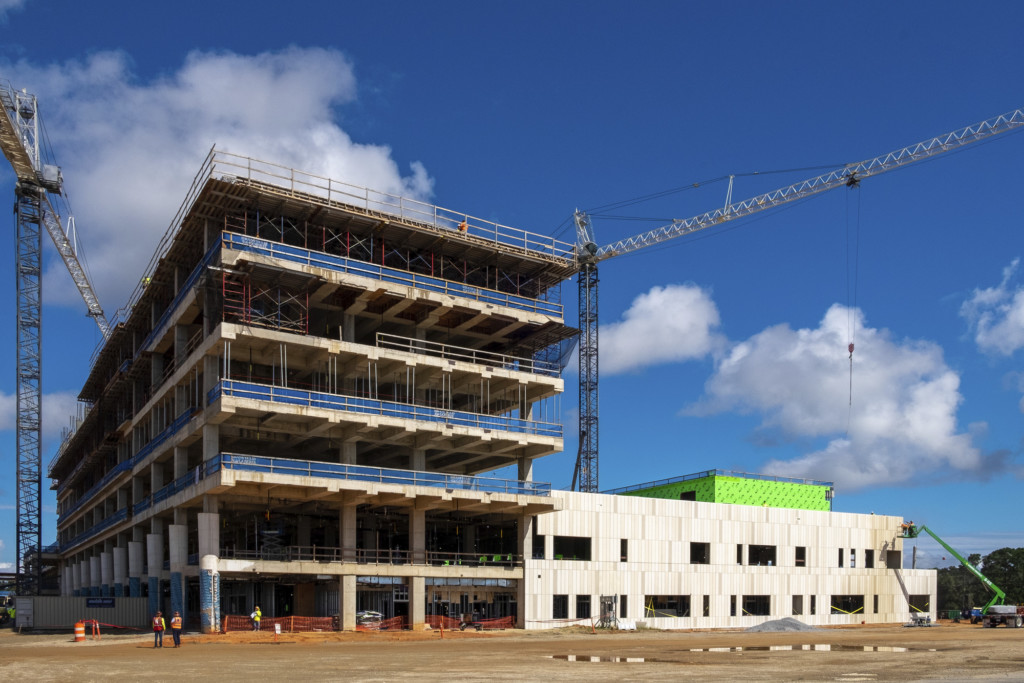
Energy Reduction During Construction
Prefabricated building materials also reduce energy consumption during construction. According to a report published by design, engineering and planning firm Arup, up to 67% less energy is involved in the construction of a building that uses modular construction. Multiple factors contribute to this reduction. First, there’s a greater ability to control the level of energy use in a factory setting. Additionally, a factory environment presents more opportunities to utilize renewables sources of energy during the construction process. Prefabrication also often means a shorter construction schedule, thereby using less energy on-site during the construction process.
Indoor Environmental Health Benefits
Not only does prefabrication reduce waste and energy consumption, but prefabrication also creates a cleaner, healthier indoor environment. Prefabricated elements are constructed in a factory, rather than onsite, which means the dust and air pollutants generated by the manufacturing process, as well as the adhesives, sealants and chemicals used, can be more carefully controlled and workers can be better protected. Additionally, prefabricated elements often have more time to off-gas before they are transported to the project site and installed.
Prefabrication in Action
Our firm has integrated a variety of prefabricated building components in both small- and large-scale healthcare facilities. Below are a few projects where we’ve found success with prefabrication.
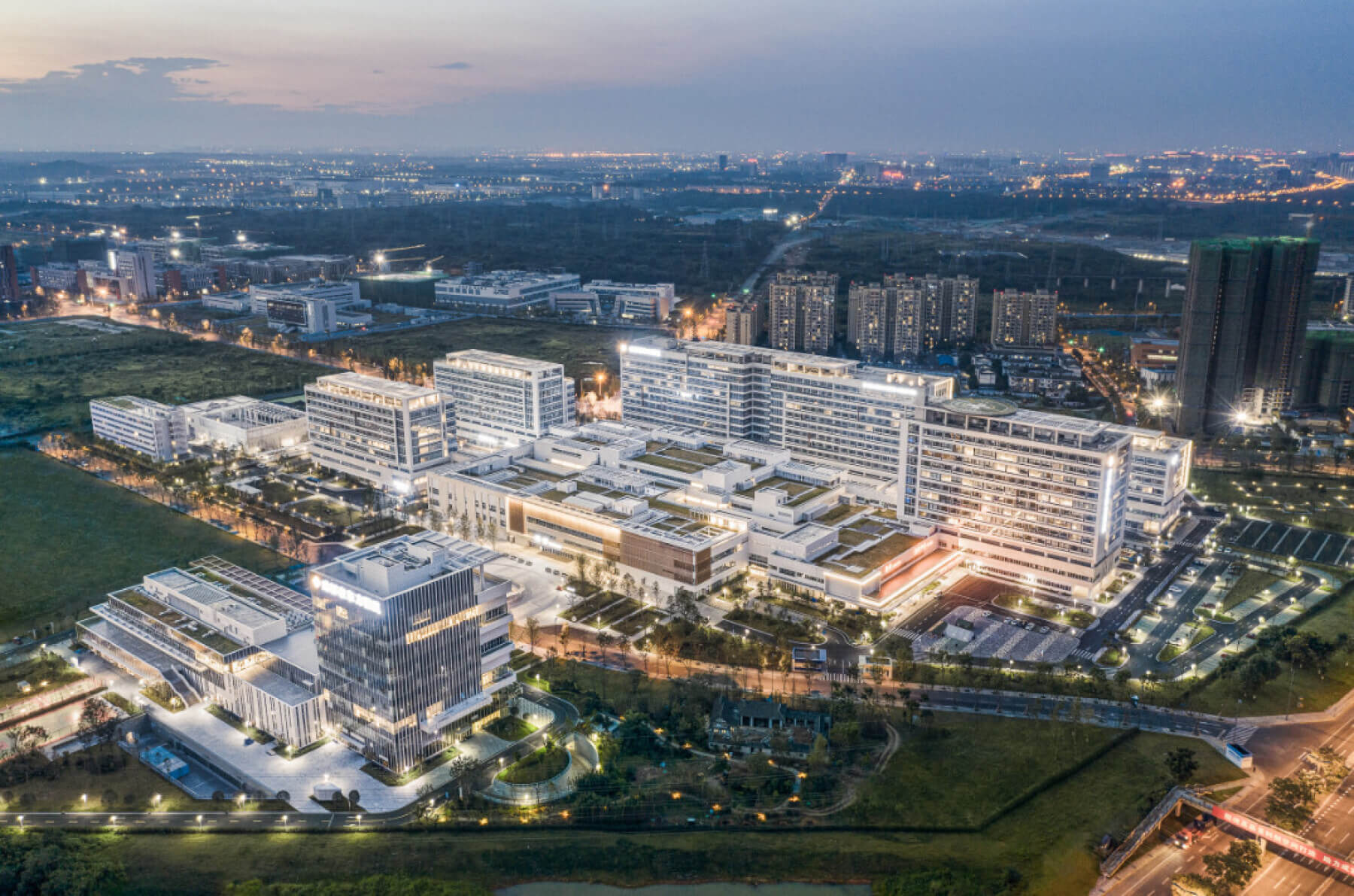
BOE Chengdu Digital Hospital: Located in Sichuan, China, this hospital encompasses more than four million square feet and is designed to accommodate an estimated 6,000 daily outpatient visits. By using a prototype design and prefabricated components in its architectural and structural systems, the hospital went from initial design to completion in just 45 months. This strategy also reduced the amount of energy used during construction.
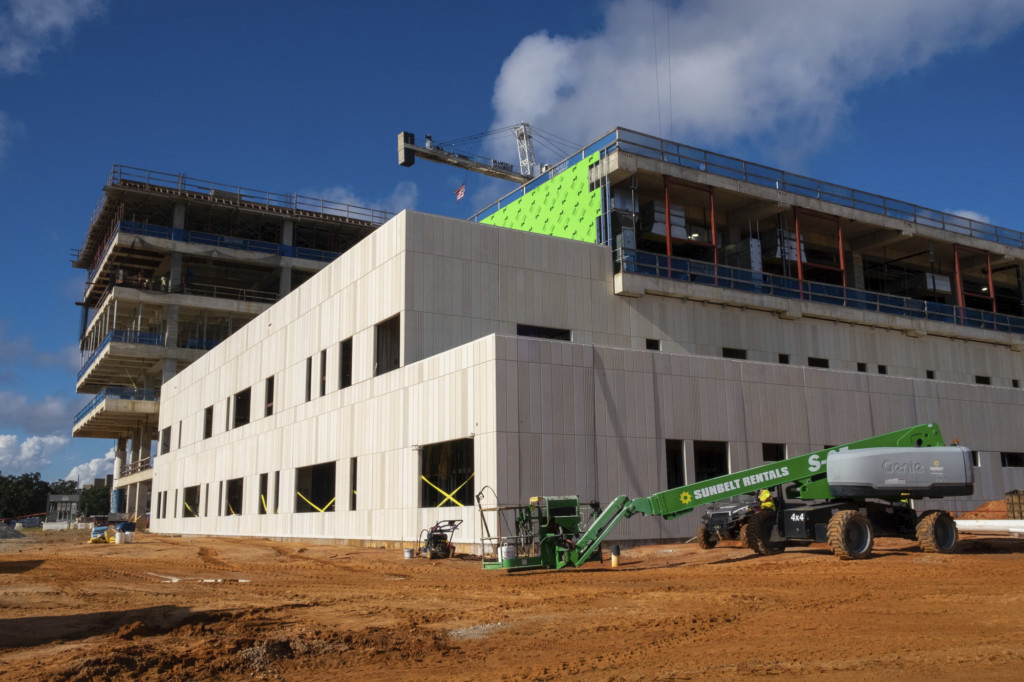
Baptist Health Care’s New Brent Lane Campus: Spanning 57 acres in Pensacola, Florida, the new Baptist Health Care campus includes a 10-story, 264-bed hospital, a six-story 180,000-square-foot medical office building, a 72-bed behavioral health unit and a new central energy plant. In order to support the client’s sustainability goals, the design incorporated prefabricated elements in the steel structure, the precast envelope panels, the interior wall partitions, the patient toilet pods and the mechanical, electrical, and plumbing runs. The prefabrication strategy allowed this campus to be designed and constructed in just 48 months.
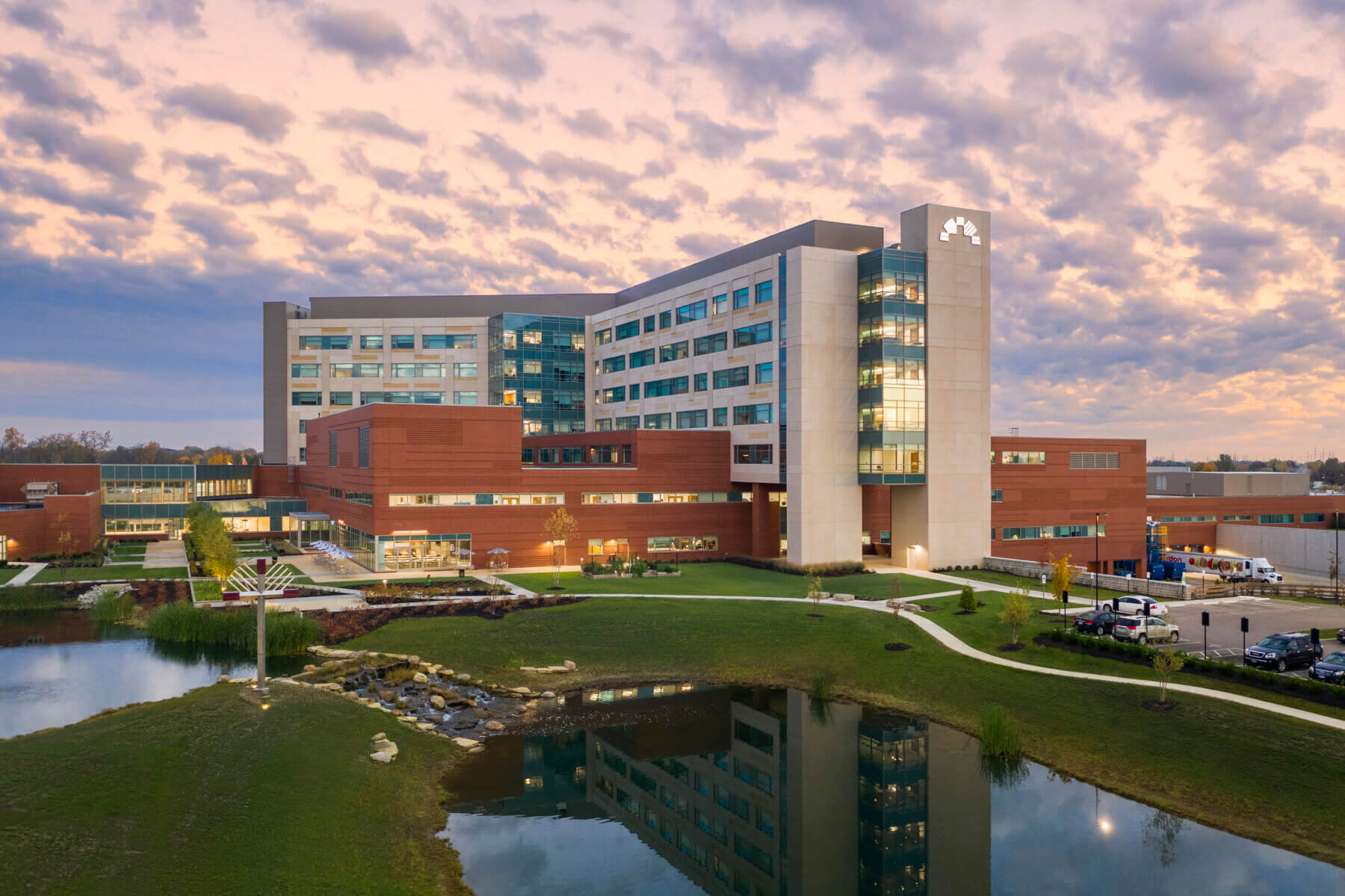
Mount Carmel Grove City: With a focus on enhancing the patient experience through a cutting-edge healthcare facility, Mount Carmel Health System built a new full-service teaching hospital and medical office building at its Grove City campus in Ohio. Our team found a way to use prefabricated materials to create a modular patient room design, resulting in a “kit of parts” construction process. In the end, this enhanced construction quality, reduced waste and minimized the environmental impact.
Here to Stay
The benefits of prefabrication have been tested and proven, giving architects a viable option for shaping the built environment to suit human need while also promoting sustainability. As property developers, healthcare providers and building owners continue to seek ways to construct sustainable facilities that also meet their speed-to-market goals, prefabrication has demonstrated itself to be a useful tool.
